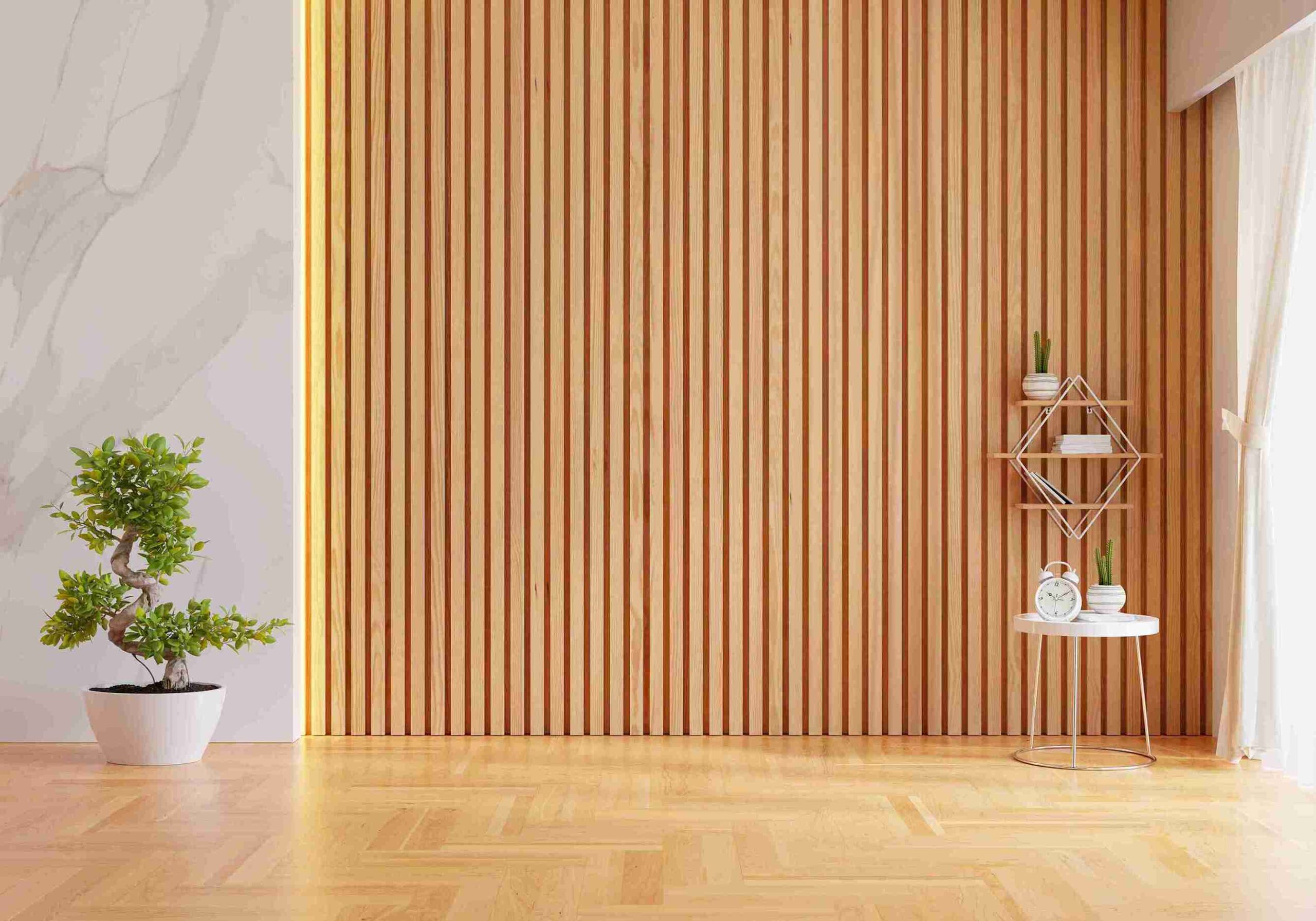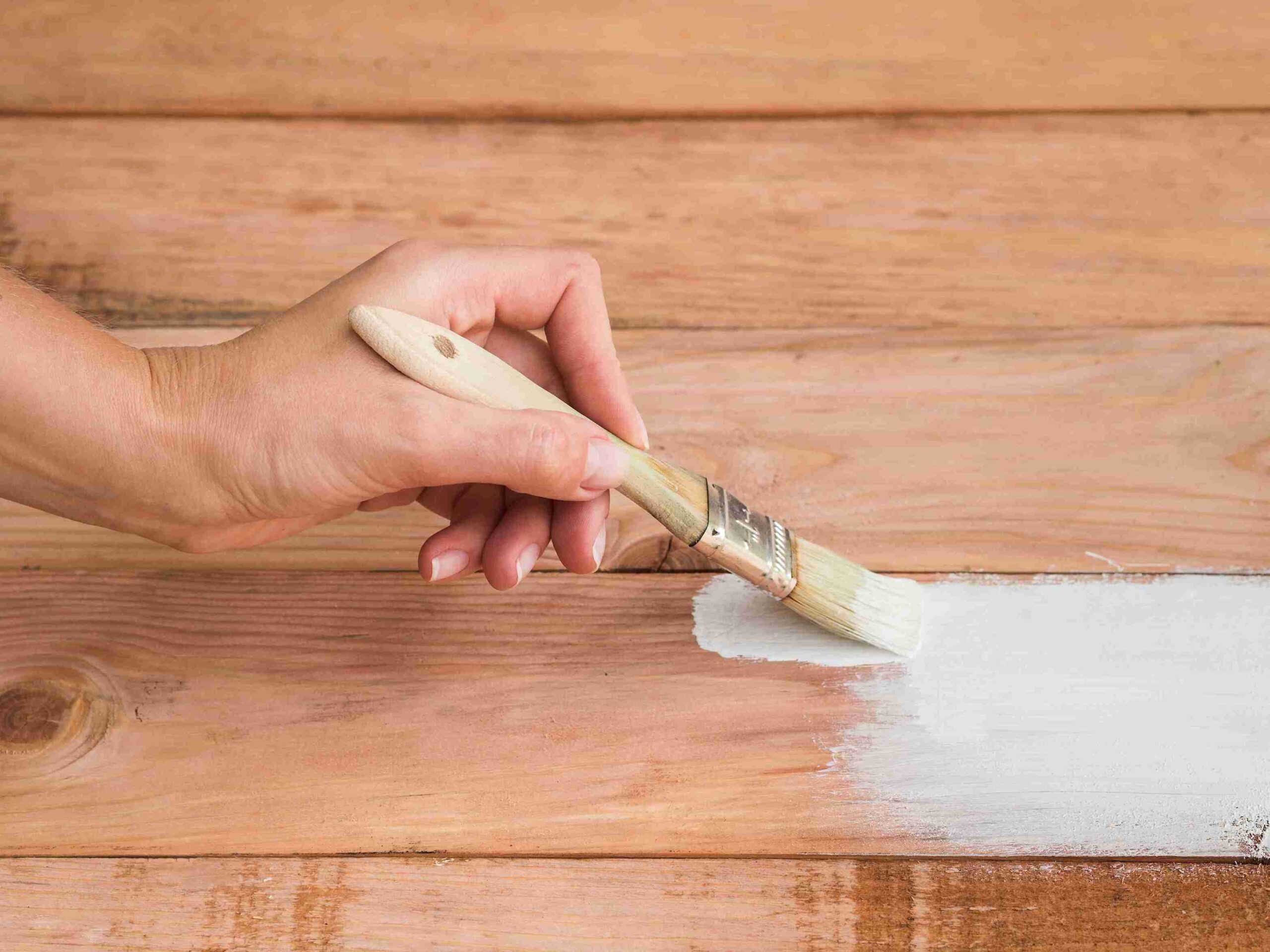- Free Estimates

Paneling has been a staple in home décor for decades, offering a vintage charm that can make a room feel cozy. However, over time, paneling can begin to look outdated, dark, or dull. Luckily, painting paneling is a quick and cost-effective way to refresh and modernize a space. If you’re wondering how to paint paneling like a pro, you’ve come to the right place.
With the right preparation, tools, and painting paneling ideas, you can easily transform your space with a smooth, professional finish.
✔ Selecting the right paint—latex, acrylic, or oil-based—is key to a durable and smooth finish when painting paneling.
✔ Proper application of the first coat, including cutting in with a brush and using a foam roller for flat surfaces, ensures an even finish.
✔ Applying two to three coats of paint, with light sanding between each, will provide the best coverage and opacity for your paneling.
✔ Always allow each coat to dry fully before applying the next, and sand lightly to smooth any imperfections for a flawless final result.
✔ After the final coat dries, inspect your work and touch up missed spots using a small, angled brush, ensuring a professional, polished finish.

Before diving into the painting process, it’s essential to understand the type of paneling you’re working with. The preparation and painting techniques vary based on the material, so let’s break down the most common types of paneling found in homes today:
Wood paneling is a classic feature in older homes and offers a rich, natural aesthetic. While it may add character, it can also darken a space and make it feel heavy. However, painting wood paneling is a great way to brighten a room and bring it into the modern era.
Medium-density fiberboard (MDF) paneling is popular for its smooth surface and affordability. It’s often used in more modern homes. Unlike wood paneling, MDF doesn’t have a grain, making it easier to paint. It also absorbs paint well, providing an even finish.
PVC (polyvinyl chloride) paneling is a low-maintenance, durable option used in moisture-prone areas such as bathrooms or basements. While painting PVC paneling is possible, it requires a special type of paint and primer to adhere properly.
To achieve a professional finish when painting paneling, you’ll need the right tools. Below are the essential materials and equipment for the job:
Proper preparation is one of the most important steps before knowing how to paint paneling. Without proper prep work, the finished paint job may look amateurish, uneven, or prone to chipping over time. Let’s break down the essential steps to get your paneling ready for painting, and achieve results that look like they were done by a pro.
Cleaning the paneling before applying any paint is crucial. Over time, paneling can accumulate layers of dust, dirt, grease, or other grime. These particles not only affect the paint’s adhesion but can also result in an uneven finish. Without proper cleaning, these contaminants can leave your paint job looking patchy or cause it to peel prematurely.
Sanding your paneling before painting is essential for achieving the best possible adhesion. Sanding creates a rough surface that allows the primer and paint to stick better, leading to a smoother, more durable finish. While it might seem like an extra task, it makes a huge difference in the overall result.
Over time, paneling may develop gaps between the boards or holes from nails used during installation. These imperfections can be quite noticeable after painting, so it’s important to fill them before applying your primer and paint. Filling gaps and holes also ensures that your final result looks polished and seamless.
Primer is the foundation of a smooth and durable paint job, especially when it comes to paneling. Applying a coat of primer helps the paint adhere better, ensures uniform color coverage, and creates a barrier between the paneling and the paint. Without primer, your paint may peel, chip, or discolor more quickly.

Once you’ve prepped and primed your paneling, it’s time to dive into the painting process. Achieving a smooth, professional-looking finish on your paneling requires the right techniques and attention to detail. Before you begin, ensure the room is free from any moisture issues; if you notice signs of water intrusion near the ceiling or walls, it is wise to have a roofing company inspect for leaks first. Once you are sure the area is dry, here’s a step-by-step guide on how to paint paneling for a flawless finish:
Selecting the best paint to use on paneling is crucial to achieving a smooth and long-lasting finish. The type of paint you choose will depend on the material of the paneling, as well as the look you’re going for.
After selecting your paint, it’s time to begin applying the first coat. The technique used here is crucial to achieving an even, smooth finish, especially if your paneling has texture or grooves.
To get the best possible coverage and achieve a solid, opaque finish, you’ll likely need to apply two to three coats of paint.
Once the final coat has dried, it’s time to inspect your work and make any necessary touch-ups. This step is essential for a flawless finish that looks professionally done.
Yes, you can paint paneling without sanding, though sanding can improve adhesion, especially with older paneling. In some cases, if the surface is clean and smooth enough, you can skip this step. However, it’s important to use a bonding primer to help the paint stick to the paneling. If you want a long-lasting and durable finish, sanding is always recommended.
To hide seams in MDF paneling, clean the area first, then apply caulk to the gaps. Smooth the caulk, let it dry fully, and then paint over it to achieve a seamless look. This method works especially well if you’re dealing with small gaps. For larger seams, you may need to use a wood filler or joint compound for a more permanent solution.
Enhance the beauty of wood paneling by incorporating ample lighting in the room. Strategic lighting can highlight the wood’s natural grain and add depth, allowing the paneling to stand out without the need for paint. Adding decorative elements, like mirrors or artwork, can also create balance and prevent the room from feeling too dark.
For a professional finish, proper preparation is essential. Fill in cracks and holes, smooth rough spots, and clean the surface thoroughly. This creates a flawless base for the paint, ensuring a smooth and durable result. Using high-quality brushes and rollers also contributes to an even application of paint. After painting, allow the paint to cure fully for the best long-term finish.
Lighter paneling opens up a room and makes it feel larger, while darker tones create a cozy, intimate atmosphere. The choice depends on the vibe you want—matching the paneling to your walls creates uniformity, while contrasting colors can make the paneling a standout feature. Darker paneling is ideal for smaller spaces or accent walls, while lighter paneling works better in larger rooms or areas that need brightening up.

Now that you have the tools and techniques to paint your paneling like a professional, it’s time to take action and give your space a fresh look. While DIY painting can be rewarding, sometimes it’s best to leave it to the experts, especially if you want to ensure a flawless finish and long-lasting results!
Avon Professional House Painter is the trusted name for interior and exterior house painting. With over 20 years of experience in Avon, CT, our team of licensed and insured painters delivers high-quality work on projects of all sizes.
Contact Avon Professional House Painter today for a consultation.